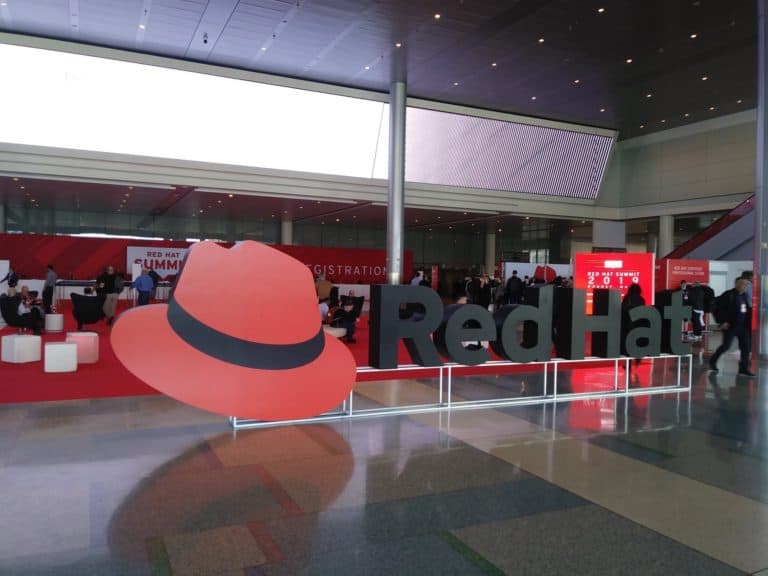Red Hat announces collaborations with Samsung, Nvidia and Arm during Mobile World Congress. With these, the company wants to realize new opportunities in the field of virtualized RAN (vRAN) and 5G.
For example, Red Hat and Samsung together aim to meet the needs of service providers to validate network functionality, interoperability and performance of an end-to-end vRAN solution. To do so, it will leverage Red Hat OpenShift, Red Hat Enterprise Linux (RHEL), Red Hat Advanced Cluster Management for Kubernetes and Red Hat Ansible Automation Platform.
Together with Samsung, they are targeting a solution to reduce complexity and mitigate operational and deployment risks with enhanced automation and integration capabilities. They also aim to help create a future-proof and flexible network that can adapt to rapidly changing needs. This while enabling administrators to make updates remotely.
5G, vRAN and AI
The collaboration with Arm also focuses on vRAN. The two parties are developing proofs-of-concept for energy efficiency. Specifically, by using Red Hat OpenShift and RHEL on Arm Neoverse CPUs. This CPU architecture focuses on high performance and energy efficiency. This to faster run cloud-native apps for 5G networks with low latency.
Red Hat and Arm have a number of use cases in mind. First, they mention virtualized deployment of RAN workloads, using Red Hat OpenShift for containerized capabilities. In addition, they think of using Centralized Unit (CU) and Distributed Unit (DU) building blocks to support 5G and RAN deployments. Finally, it involves edge applications, such as application processing.
In turn, the partnership with Nvidia leads to support for Red Hat OpenShift for Nvidia converged accelerators and Aerial SDK for software-defined 5G vRAN and AI applications. This should help enterprises achieve composable infrastructure to meet the data demands of demanding applications for edge computing, private 5G and AI.
Also read: Red Hat makes OpenShift 4.12 generally available
